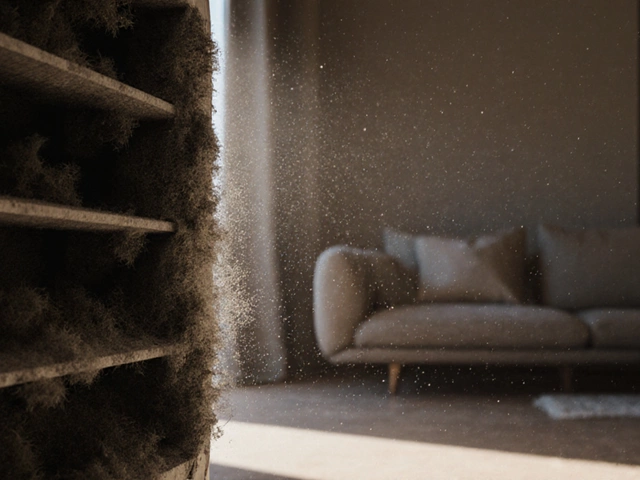
Clutch Kits: What They Are, How They Wear, and When to Replace Them
When you press the clutch pedal, you’re relying on a clutch kit, a set of components that connects and disconnects your engine from the transmission in a manual car. Also known as a clutch assembly, it’s one of the most abused parts in your vehicle—and one of the most overlooked until it fails. Unlike brakes or tires, you don’t see the clutch working. But when it starts slipping, grinding, or feeling spongy, you know something’s wrong.
A typical clutch kit, includes the pressure plate, clutch disc, release bearing, and sometimes the pilot bearing. These parts work together to transfer engine power to the wheels. Over time, the friction material on the clutch disc wears down, the pressure plate loses tension, and the release bearing gets noisy. Driving habits matter more than mileage: riding the clutch, frequent stop-and-go traffic, or aggressive launches all speed up wear. Most clutches last between 60,000 and 100,000 miles, but some fail at 30,000 if driven hard. Replacing a clutch isn’t just swapping one part—it’s a job that often requires checking the flywheel, the heavy metal disc bolted to the engine crankshaft that the clutch presses against. A warped or cracked flywheel can ruin a new clutch in weeks. That’s why many mechanics recommend replacing the flywheel at the same time, even if it looks okay.
Costs vary widely depending on your car. A basic clutch kit for a Honda Civic might run $200–$300, while a performance Stage 2 kit for a tuned Subaru could cost $800 or more. Labor adds another $500–$1,000 because the transmission has to come out. If you’re hearing grinding when shifting or smelling burning from under the hood, don’t wait. A slipping clutch won’t fix itself—and driving with a broken clutch can damage the gearbox, which costs far more to repair.
You don’t need to be a mechanic to spot trouble. Does the pedal feel higher than usual? Does the engine rev without the car accelerating? Is there a weird vibration when you let the clutch out? These aren’t just annoyances—they’re warning signs. Some drivers try to stretch out a failing clutch with quick fixes, like adjusting the cable or pedal free play. But if the friction material is worn, no adjustment will help. You’ll need a full replacement.
Below, you’ll find real-world guides on clutch lifespan, replacement costs, DIY tips, and what to watch for before your clutch gives out. Whether you’re trying to save money, avoid getting towed, or just understand what’s under your hood, these articles cut through the noise and give you straight answers.
-
20 Nov

-
17 Nov

Is Replacing a Clutch Easy? A Realistic Guide for Car Owners
Replacing a clutch isn't easy, but it's doable with the right tools and experience. Learn what's in a clutch kit, how long it takes, and when to leave it to a pro. -
3 Nov
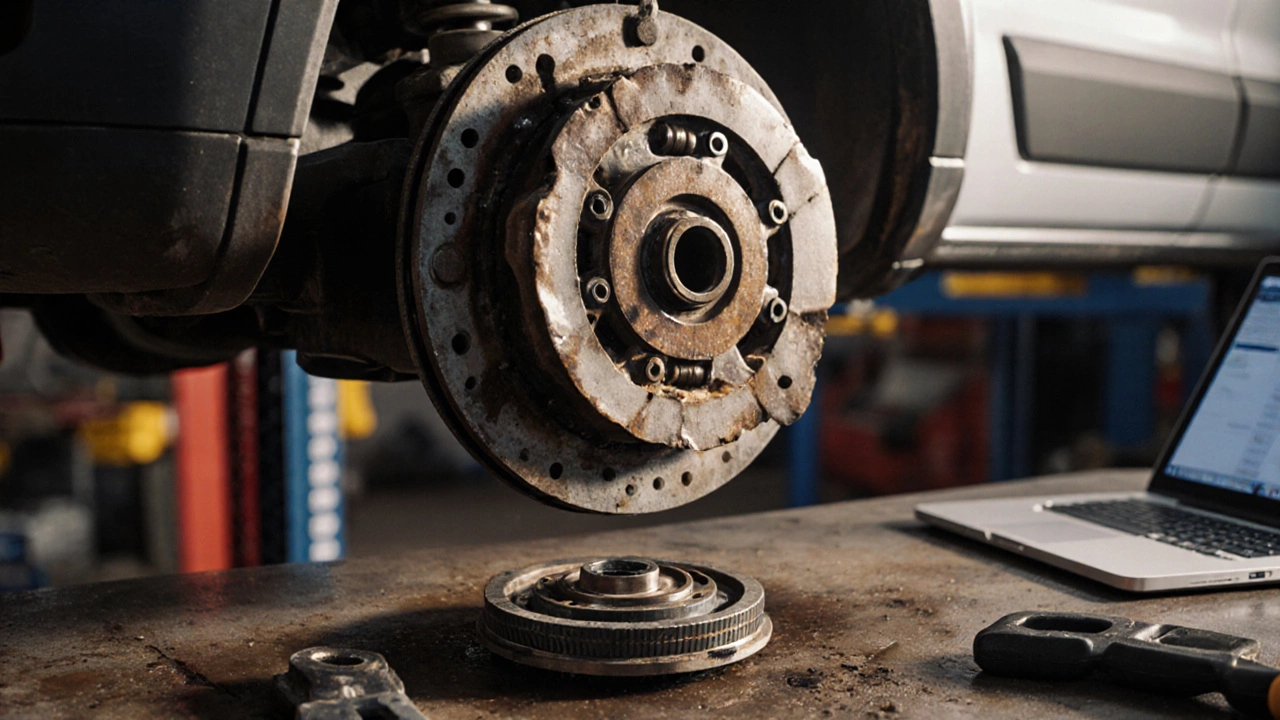
How Much Does It Cost to Fix a Burnt Clutch in 2025?
Find out how much it costs to fix a burnt clutch in 2025, including clutch kit prices, labour costs, and tips to avoid overpaying. Real UK examples included. -
28 Oct
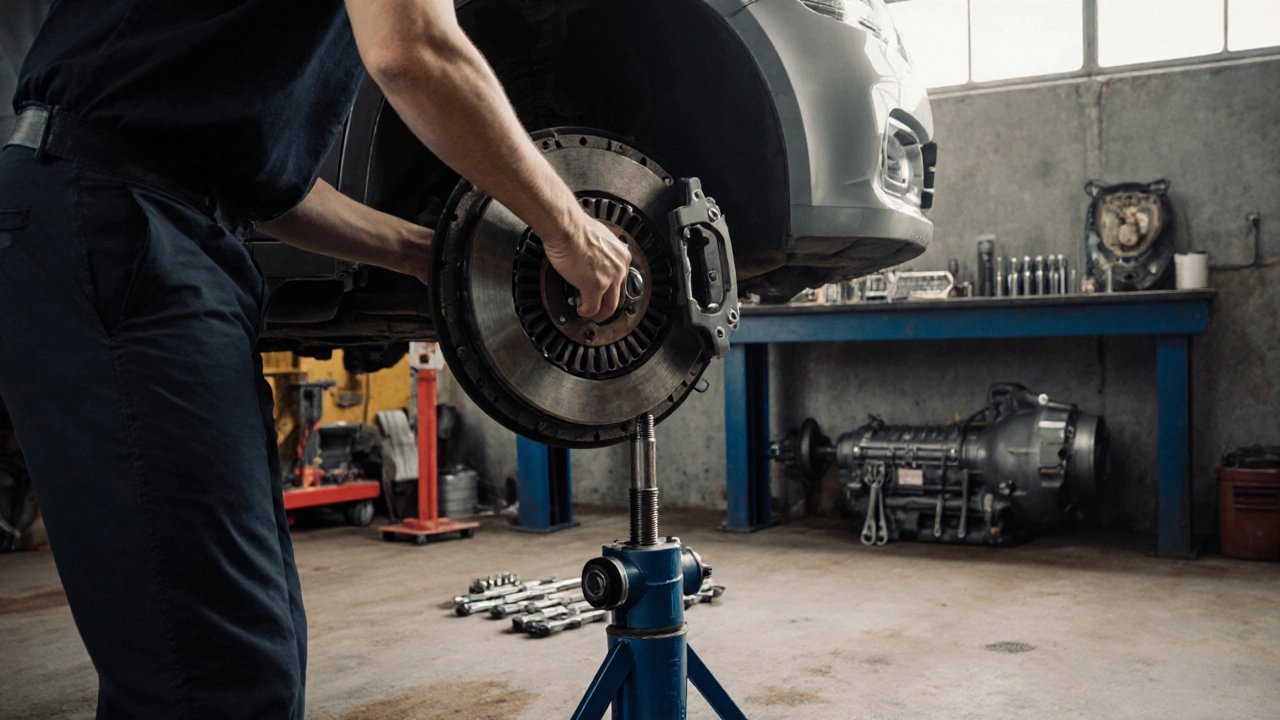
How Long Does It Take to Replace a Clutch Kit?
Replacing a clutch kit typically takes 4 to 8 hours for a professional and 6 to 10 hours for DIYers. Learn what affects the time, why flywheel replacement matters, and when to leave it to a mechanic. -
23 Oct

Does clutch kicking ruin your clutch? - What you need to know
Discover how clutch kicking affects clutch wear, the signs of damage, and practical tips to protect your clutch kit. Learn when to replace parts and how to drive smoother. -
18 Oct

Clutch Adjustment Signs: How to Tell If Your Clutch Needs Tuning
Learn the key signs that your clutch needs adjustment, how to measure pedal free play, and when to DIY or seek a mechanic. Includes a symptom table and maintenance checklist. -
8 Oct
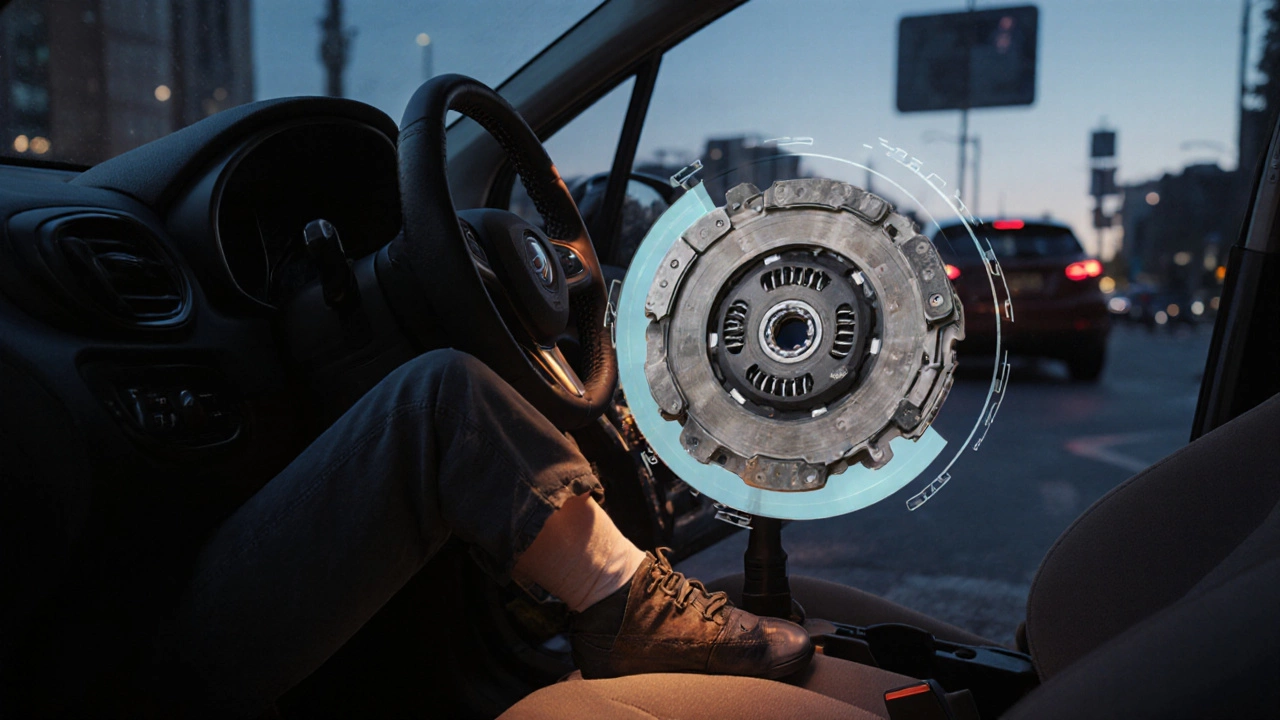
Do I Need a New Clutch Kit? Signs, Checks, and Costs
Learn the signs that your vehicle needs a new clutch kit, how to inspect it yourself, what a kit includes, costs in the UK and when to DIY or seek a professional. -
17 Jun

Clutch Replacement Cost: What You’ll Really Pay for a Full Job
Ever wondered how much a full clutch replacement actually costs? This article breaks down real numbers, from parts to labor, and what can tip the bill higher or lower. You’ll get tips on saving cash, warning signs your clutch is dying, and what’s usually included in a proper clutch kit. Whether you drive a trusty Civic or something fancier, you’ll leave knowing exactly what to expect at the repair shop. -
2 Jun
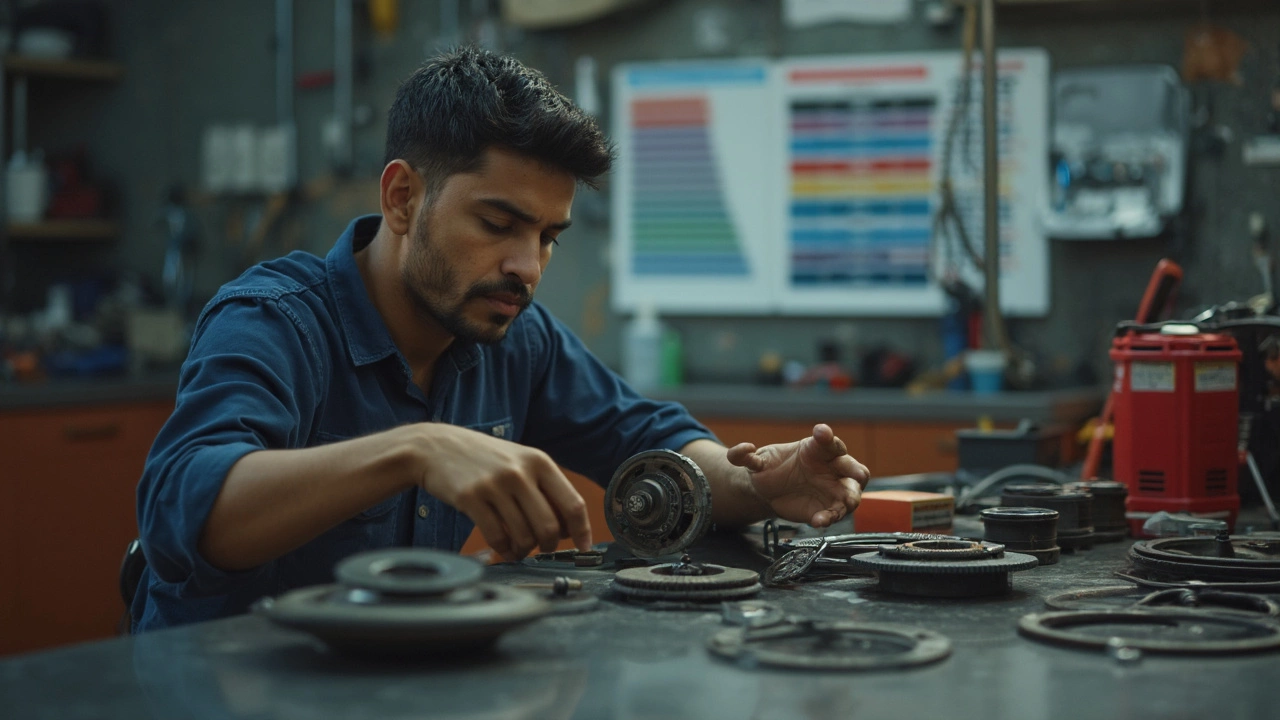
Clutch Kits: How Long Will a Clutch Last?
Wondering how long your clutch will last? This article digs into the real factors that decide the lifespan of a clutch kit. Discover what shortens or extends clutch life, how to spot trouble early, and the habits that either hurt or help your clutch. You’ll also get straightforward tips on what to do when your clutch starts acting up. No nonsense—just the facts and advice you need to keep your ride smooth and avoid expensive surprises. -
25 May

Can I Drive With a Broken Clutch? Essential Facts You Should Know
Wondering if you can keep driving when your clutch is busted? This article breaks down what really happens when your clutch fails and what to expect if you try to push through. We'll cover the warning signs of a broken clutch, the real risks of driving like that, and what you can do about it. Get practical advice on what steps to take next. This read will help you figure out how to avoid expensive mistakes. -
21 Apr

Can a Slipping Clutch Be Tightened? Real Fixes and Hard Truths
Wondering if you can fix a slipping clutch by tightening it? This article digs into what actually causes clutch slip, whether simple adjustments can help, and what your real options are for fixing it. You'll find tips on spotting clutch wear early, signs that it's time for a new clutch kit, and a rundown of the repair costs. Plus, get a clear answer on when DIY fixes just won't cut it. -
19 Mar

Replacing a Clutch: What You Should Change Too
Replacing a clutch involves more than just swapping out old for new. To ensure your vehicle runs smoothly, there are other crucial parts to consider changing. From the flywheel to the release bearing, knowing what else to replace can save you time and money in the long run. Discover the components that usually need attention during a clutch replacement.




